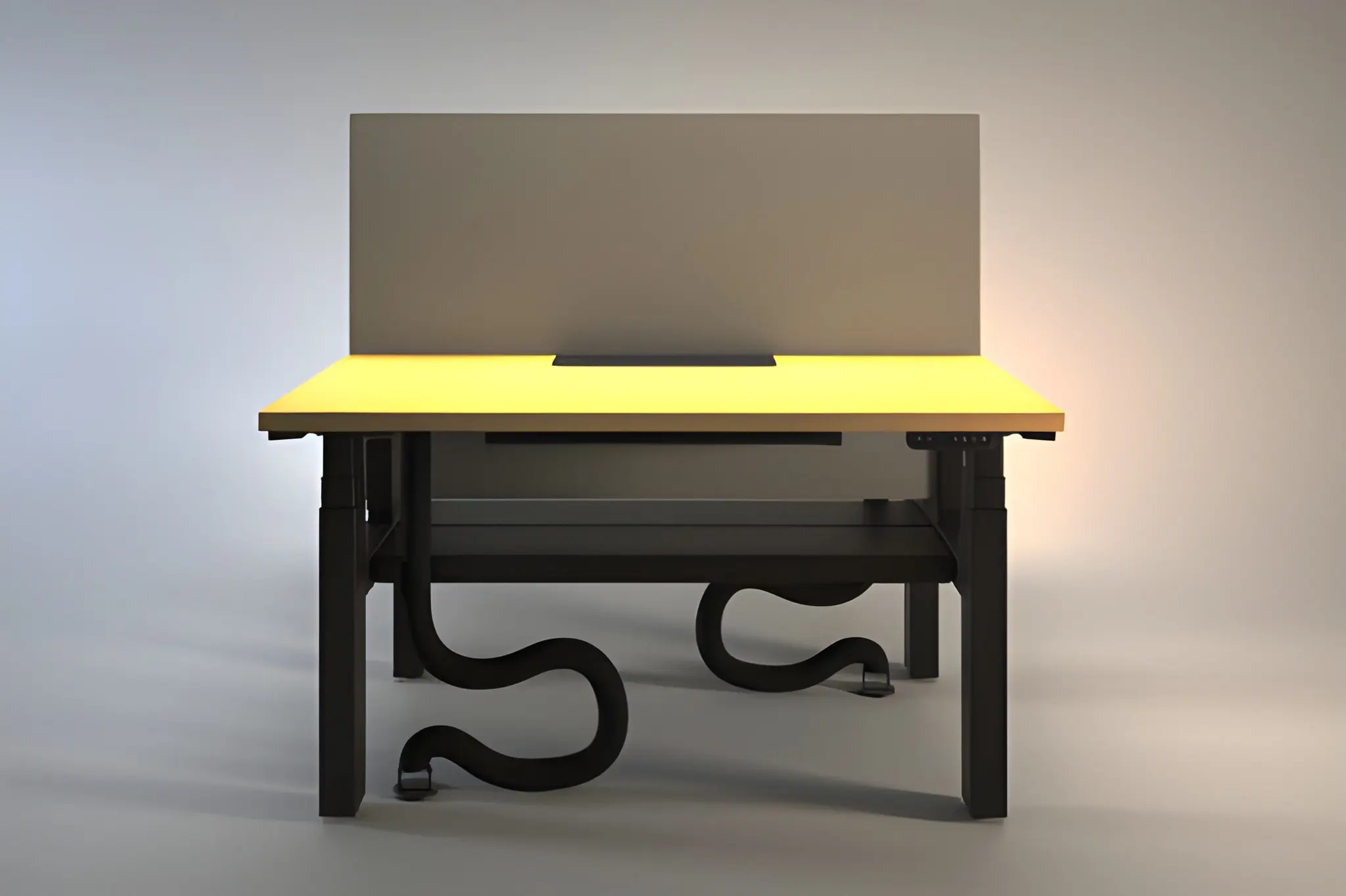Your team complains about back pain, looks exhausted by midday, and productivity drops after lunch. Sound familiar? Most companies treat office furniture like an afterthought—buy whatever’s cheap, done. But research from the Washington State Department of Labor found that proper ergonomic setups reduced sick leave by 75% in some cases. That’s not just comfort, that’s money. Modern workplaces that actually care about their people understand that furniture isn’t just stuff you sit on—it’s infrastructure that either supports or sabotages your team’s health and output every single day.
Why Ergonomics Isn’t Optional Anymore
Back in the 90s, ergonomics was this weird niche thing only giant corporations worried about. Now? We’ve got data. The Occupational Safety and Health Administration reports that musculoskeletal disorders cost businesses $15-20 billion annually in workers’ compensation. That’s just the direct costs—doesn’t even count lost productivity or people working through pain.
Your employees aren’t machines. When someone’s uncomfortable, their brain splits attention between their task and their discomfort. They’re basically working at 70% capacity because their shoulder hurts or their wrist is going numb. Modern ergonomic furniture fixes this by adapting to people instead of forcing people to adapt to furniture.
Adjustable desks, chairs with lumbar support, monitor arms that position screens correctly—these aren’t luxuries. They’re the baseline for not destroying your team’s bodies over a career. I’ve talked to people in their 40s with chronic pain from decades of terrible office setups. It’s preventable.
The Standing Desk Reality Check
Everyone jumped on standing desks like they were some miracle solution. Plot twist: standing all day is also bad for you. Your legs and feet weren’t designed for that either. The whole point is movement and variation.
Sit-stand desks work when people actually use them properly. Research from Texas A&M found that workers with adjustable desks had 46% more productivity than those with traditional setups. But here’s the catch—you need to actually alternate. Most experts suggest changing positions every 30-60 minutes.
The good news is that modern electric standing desks have memory presets now. You program your sitting and standing heights, hit a button, done. No excuses about it being too much hassle to adjust. Some even have apps that remind you to switch positions.
Chairs That Don’t Hate Your Spine
Office chairs have gotten legitimately better in the past decade. We’re not talking about those medieval torture devices with zero support anymore. Modern ergonomic chairs use mesh backing that actually breathes, adjustable everything, and proper lumbar curves.
Your chair needs to do a few critical things: support the natural S-curve of your spine, let you sit with feet flat on the floor, keep your knees at 90 degrees, and allow your arms to rest at desk height without hunching. If any of those fail, you’re setting up your team for problems.
Active sitting chairs—those ones that wobble or make you engage your core—aren’t for everyone. Some people swear by them, others find them annoying. The research is mixed. They might help with core strength but could also be distracting for focus-heavy work. Test before buying in bulk.
Collaborative Spaces Need Different Thinking
Not every workspace needs traditional desk-and-chair setups. Conference areas, break rooms, and collaboration zones need furniture that encourages interaction without making people miserable after 20 minutes.
Modular furniture that reconfigures easily gives you flexibility. One day you need small group discussions, next week you’re doing a full-team presentation. Furniture should adapt to activities, not the other way around.
Counter-height tables with stools work great for quick meetings—they naturally keep things shorter and more focused. Comfortable lounge seating works for brainstorming but not for detailed work. Mix it up based on what actually happens in each space.
Material Choices That Last
Cheap furniture costs more in the long run because you’re replacing it constantly. Modern commercial-grade furniture uses materials that actually hold up: powder-coated steel frames, high-density foam that doesn’t collapse after six months, fabrics rated for heavy use.
Laminate desktops have gotten way better—some you genuinely can’t tell from real wood. They’re durable, easy to clean, and don’t cost a fortune. Solid wood looks beautiful but requires maintenance and scratches easily. Glass looks sleek but shows every fingerprint and can be noisy.
Metal frames last longer than plastic everything. Wheels and gas lifts should be rated for commercial use—residential-grade stuff breaks fast in an office where it’s getting used 40+ hours weekly.
Making The Switch Without Chaos
You can’t just throw out everything and start over on a Monday. Plan transitions in phases. Start with the furniture that’s actively causing problems—maybe the conference room chairs that everyone hates, or replacing desks for people with health complaints.
Get employee input. They know what hurts and what works. Some companies do ergonomic assessments where specialists look at how people actually work and make specific recommendations. Worth the investment if you’re doing a major upgrade.
Budget for quality, but shop smart. Lots of office furniture vendors offer bulk discounts or financing. Sometimes lightly used furniture from office liquidations gives you high-end stuff at reasonable prices.
Also Read-Trawling vs. Trolling: Differences, Techniques & Impact











